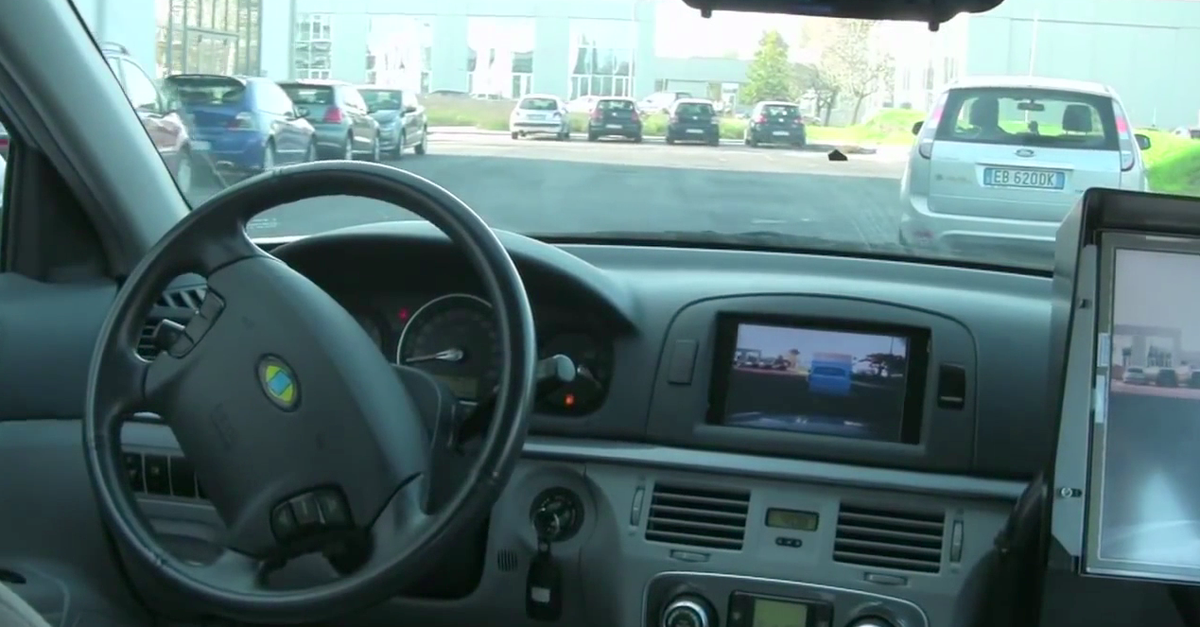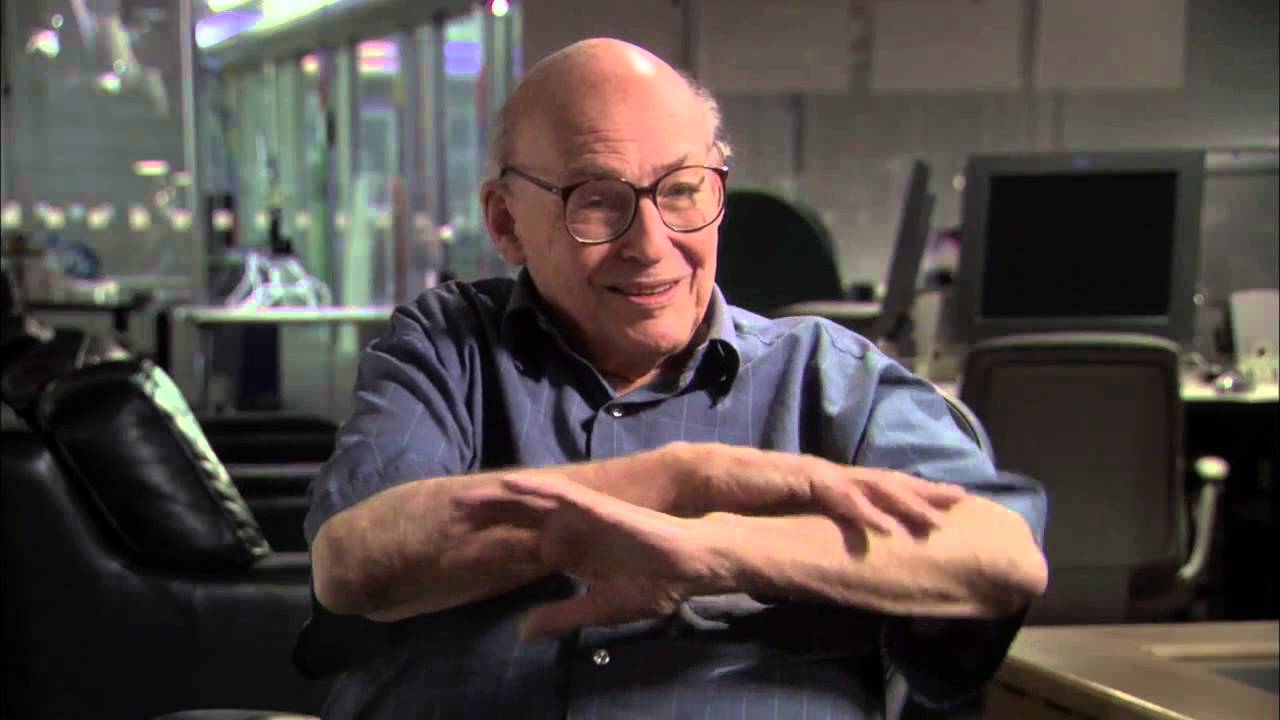Nov 16, 2015
G-Cans: World’s Largest Flood-Prevention Complex
Posted by Shailesh Prasad in category: engineering
The G-Cans project is the largest flood protection in the world. Its official name is Metropolitan Area Outer Underground Discharge Channel, but it is most known as G-Cans Underground Temple because of its support pillars and interior that reminds the visitor of a giant cave. The purpose of this facility is to protect the city of Tokyo from floods. The northern edge of G-Cans touches Kasukabe, a city located in Saitama Prefecture, 30 km north of Tokyo. The necessity of building such facility originated from the danger of overflowing of the rivers and main waterways during typhoons and rain periods.

















